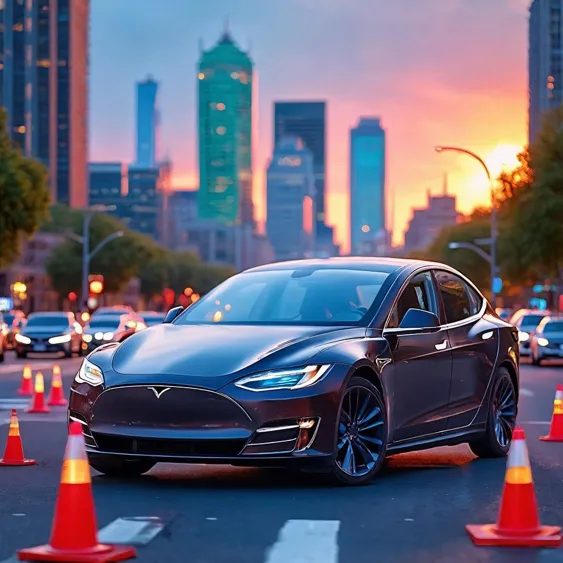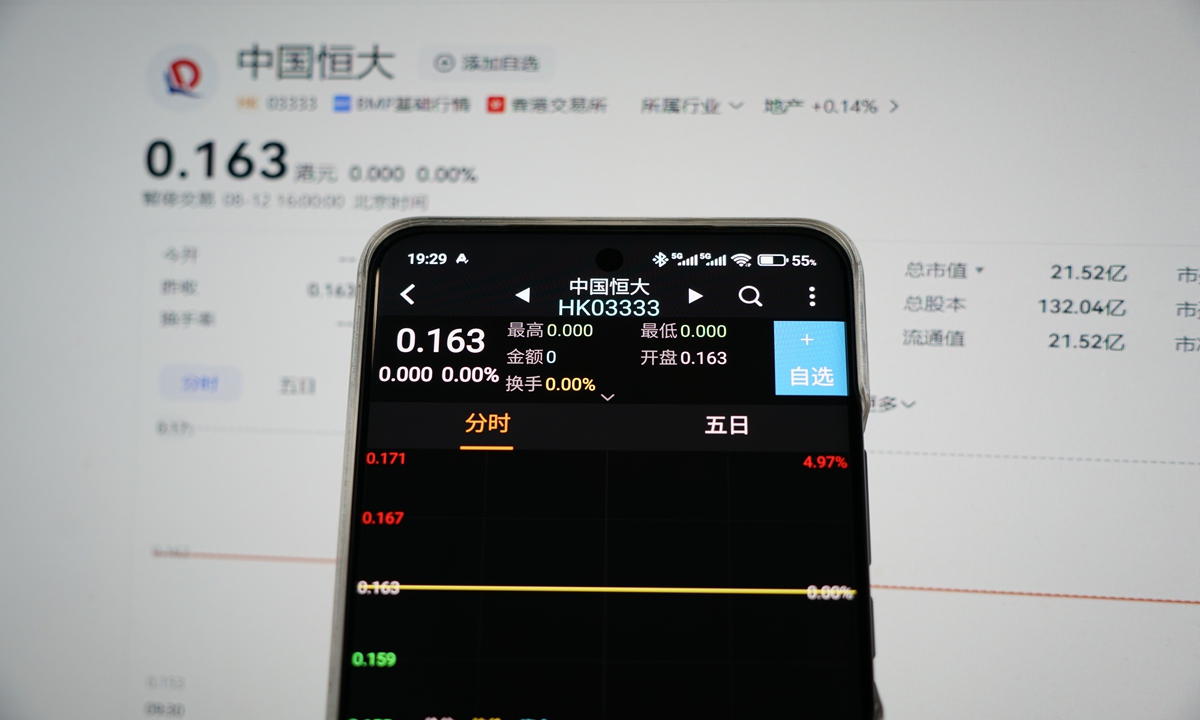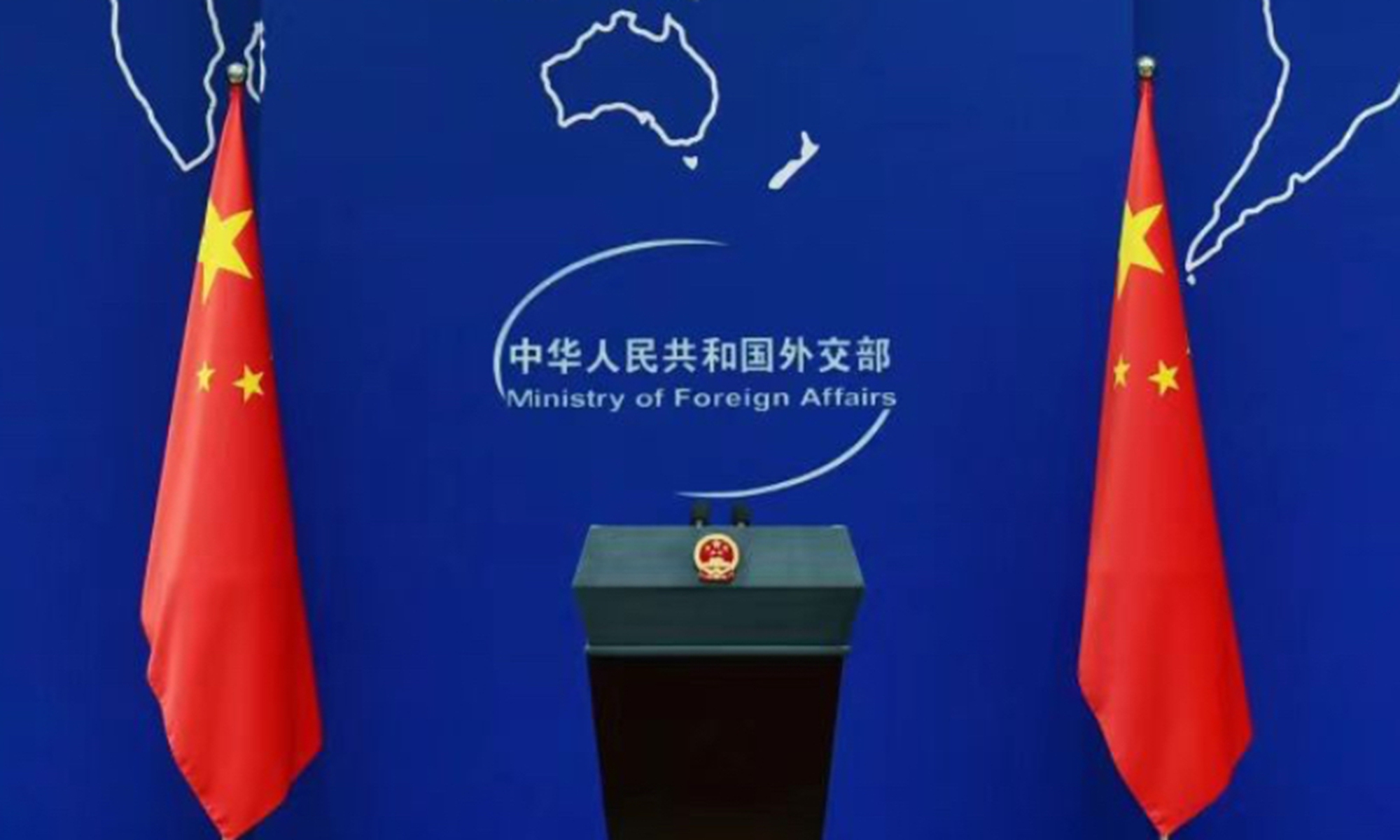Tesla Hiring Robotaxi Test Drivers in NYC Without Permits

Tesla's recent decision to recruit robotaxi test drivers in New York City, despite not having secured the necessary permits, raises significant questions about the company's regulatory strategy and its broader implications for the emerging autonomous vehicle (AV) market. In an era where technological advancement and regulatory compliance are increasingly intertwined, Tesla's approach underscores its ambition to lead in the autonomous driving domain. However, it also highlights the potential risks associated with operating in one of the most heavily regulated transportation environments in the world. As the nation grapples with the balance between innovation and safety, this situation invites scrutiny regarding Tesla's operational integrity and future viability.
Data from recent market analysis indicates that while Tesla remains the dominant player in the electric vehicle segment, its revenue from EV sales has been declining, particularly in international markets like Europe. This decline is partially attributed to CEO Elon Musk’s strategic pivot towards high-profile projects like the Cybertruck, sidelining more accessible and less capital-intensive models that could attract wider consumer interest. Furthermore, Musk’s controversial political positions may be compounding these sales challenges, as a significant portion of the European market exhibits a growing aversion to brands with contentious reputations. In this context, the recruitment of test drivers for robotaxis might be interpreted as an attempt to leverage autonomous technology as a differentiator in the marketplace, pivoting away from traditional vehicle sales to create a new revenue stream.
The implications of such a dual approach—expanding into robotaxi services while grappling with dwindling traditional sales—echo historical precedents, notably the dot-com bubble, where overzealous expansion led to unsustainable business models. Investors, regulators, and consumers alike must remain vigilant. One must ask: is Musk's vision for a Tesla-led future as autonomous service providers sound when the foundational revenue stream is faltering? Critical assessment of this model suggests unintended consequences could arise, especially if regulatory bodies enforce strict compliance that restricts operational capabilities. For stakeholders, including institutional investors, the opportunity lies in closely monitoring Tesla's maneuvers in New York alongside its ongoing legal and regulatory battles. The potential for significant returns exists in autonomous service models, but the specter of regulatory risk looms large, reminiscent of the cautionary tales from tech booms past.
Read These Next

China Evergrande to Delist from Hong Kong Stock Exchange August 25
China Evergrande, once a top real estate firm, is delisting from the HK Stock Exchange due to non-compliance with trading rules.

Governance Implications of Recent Changes in Corporate Leadership
Analysis of recent corporate governance changes within a company, highlighting implications for shareholders and potential risks following structural changes.

China's Foreign Minister Reaffirms Steady US Trade Stance
China's Foreign Ministry reaffirms a clear stance on US trade issues amid talks on economic discrepancies and security.
